Breaking Barriers: Why Urban Spaces Must Be More Wheelchair-Friendly
Mumbai, a city celebrated for its dynamic energy and relentless spirit, often presents a paradox:

Mumbai, a city celebrated for its dynamic energy and relentless spirit, often presents a paradox: while it embraces growth, its urban infrastructure can be a formidable barrier for a significant portion of its population – seniors and persons with disabilities, especially those who rely on wheelchairs. Uneven pavements, absent ramps, narrow doorways, and inaccessible public transport transform everyday tasks into monumental challenges, effectively excluding many from fully participating in city life.
At MobiCrew, we don't just provide accessible transport; we are deeply committed to advocating for and highlighting the urgent need for a more inclusive urban environment. Breaking these physical barriers isn't just about compliance; it's about fostering dignity, enabling independence, and unleashing the full potential of every citizen.
The Current Reality: A City of Obstacles
For wheelchair users in Mumbai, the journey often begins with navigating a series of obstacles:
Sidewalks & Footpaths: Often broken, uneven, or encroached upon by vendors and parked vehicles, making smooth passage impossible. Curb cuts are frequently missing or poorly designed.
Public Buildings & Spaces: Many older buildings lack ramps or elevators, or have narrow entrances. Even newer constructions sometimes fall short of true universal design principles, with inaccessible restrooms or difficult-to-navigate layouts.
Public Transportation: While efforts are being made, the accessibility of local trains, buses, and even many taxi stands remains a significant hurdle, limiting spontaneous travel and daily commutes.
Road Crossings: Lack of audible signals, short crossing times, and absence of safe pedestrian islands create hazardous situations.
These barriers don't just cause inconvenience; they lead to social isolation, reduced employment opportunities, limited access to healthcare, and a diminished quality of life. They force individuals to stay home, or rely heavily on others, stripping away their autonomy.
Why an Accessible Urban Space Benefits Everyone (Universal Design)
Making urban spaces wheelchair-friendly isn't a niche concern for a minority group; it's an investment in universal design that benefits the entire population:
1. Seniors: As India's population ages, accessible infrastructure becomes crucial for elderly individuals, whether they use a mobility aid or simply need gentler slopes and well-maintained paths.
2. Parents with Strollers/Prams: Ramps and smooth pavements make navigating with young children infinitely easier.
3. Temporary Mobility Impairments: Individuals recovering from injuries or surgeries also benefit immensely from accessible routes and facilities.
4. Delivery Personnel: Wider, smoother pavements and ramps ease the burden for those transporting goods on trolleys or carts.
5. Economic Vibrancy: Accessible cities are more inclusive, attracting businesses, tourism, and allowing a larger portion of the workforce to participate fully in the economy. Studies show that investments in accessibility can yield significant economic returns.
6. Enhanced Safety: Well-maintained, barrier-free pathways reduce tripping hazards and improve safety for all pedestrians.
Key Steps Towards a Wheelchair-Friendly Mumbai:
Building truly accessible urban spaces requires a concerted, multi-stakeholder effort, focusing on:
Mandatory Universal Design Implementation: Ensuring all new public infrastructure projects (roads, parks, buildings, transport hubs) are designed from the outset with universal accessibility in mind, not as an afterthought. This aligns with India's "Harmonized Guidelines and Space Standards for Universal Accessibility in India 2021" and the Accessible India Campaign.
Retrofitting Existing Infrastructure: Prioritizing and funding the retrofitting of existing public buildings, sidewalks (with proper curb cuts and smooth surfaces), and public transport systems.
Accessible Public Toilets: A critical and often overlooked aspect. Ensuring public restrooms are genuinely spacious, equipped with grab bars, and usable for wheelchair users.
Clear Signage & Information: Providing easily readable, multi-format (including tactile and auditory) signage for navigation.
Sensitization & Awareness: Educating urban planners, architects, construction workers, and the general public about the importance and benefits of accessibility.
Enforcement of Standards: Rigorous enforcement of accessibility guidelines and standards by municipal bodies and regulatory authorities.
MobiCrew's Role in Bridging the Gap
While we passionately advocate for systemic change, MobiCrew is actively working to bridge the existing accessibility gap in Mumbai, allowing individuals to move freely today:
Guaranteed Accessible Transport: Our specialized vehicles with ramps/lifts and trained drivers overcome the public transport accessibility challenges.
[Book Your Accessible Ride: mobicrew.com/mobility-booking]
Companion Navigation: Our companions are trained to assist clients in navigating currently inaccessible or challenging urban environments, offering physical support and guidance through crowded areas or uneven paths.
[Find Your Dedicated Companion: mobicrew.com/companion-care ]
Breaking barriers in our urban spaces is a journey, not a destination. It requires vision, empathy, and consistent action. By working together – citizens, urban planners, policymakers, and service providers like MobiCrew – we can build a Mumbai where every street, every building, and every opportunity is truly accessible to all.
Related
-

Insurance is key to inclusion
-
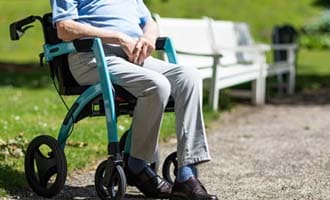
Enhancing Quality of Life
-
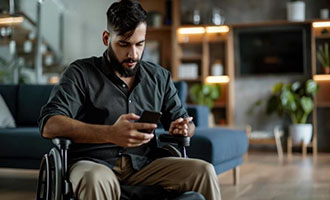
Top Emergency Apps Every Disabled Person Should Have
-

Different Types of Home Health Care Services in India
-

Smart Tips to Buy a Folding Electric Wheelchair Online
-
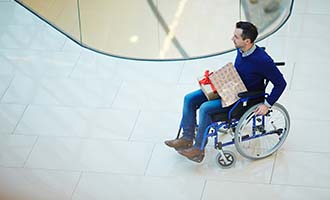
A Guide to Choosing the Right Handicapped Equipment for Your Needs
-
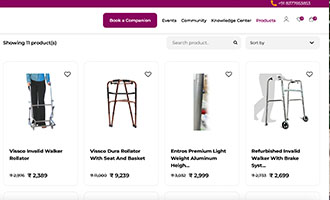
A Comprehensive Guide to Buying Mobility Products for Seniors in India
-
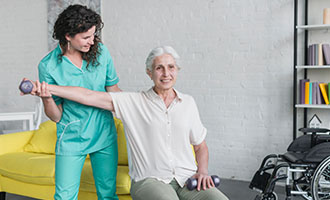
Best Physical Therapists in Mumbai For Home Treatment
-

What do companion caregivers do?
-
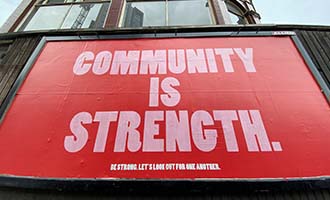
The benefits of community care
-
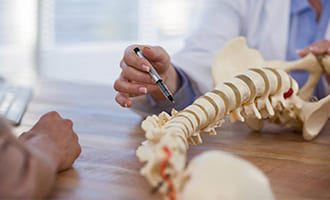
Advancements in Treatment and Care for Spina Bifida: What You Need to Know
-
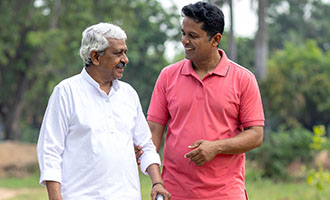
How to Choose the Right Caretaker Agency in Mumbai
-

Tech that makes life better
-

Best Online Stores to Buy Disability Equipment in Mumbai
-
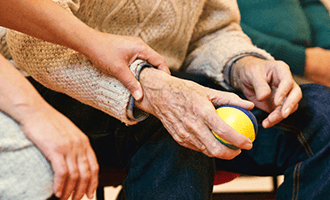
The Essential Guide to Finding the Best Patient Care Taker in Mumbai
-
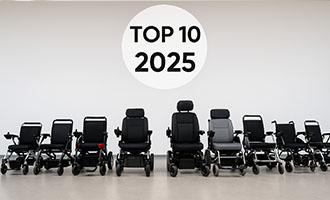
Top 10 Electric Wheelchairs to Buy Online in India: 2025 Edition
-

Tips to Find the Best Healthcare Provider Partners in Mumbai
-
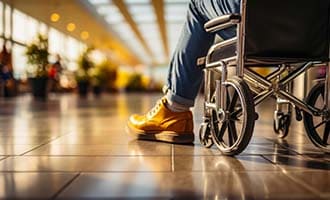
A Guide to Buy Mobility Equipment Online
-

Apps that simplify life
-

What Makes a Great Support Companion? A Peek Into MobiCrews Training and Ethos
-
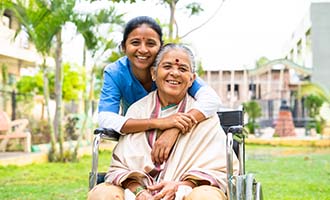
The benefits of elder care services
-

Smart Home Care Equipment for Seniors That Make Life Easier
-
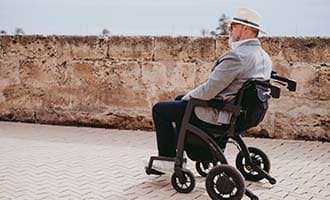
How to keep going with limited mobility
-

Step into healthy living
-
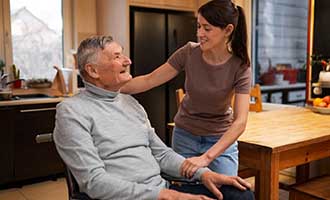
Detailed Guide On Best Elder Care Services in Mumbai
-

Caregiver Services for Post-Surgery Recovery in Mumbai
-
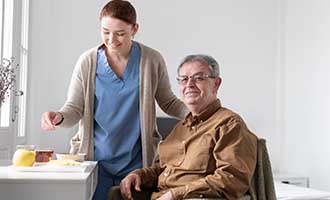
Tips to Select the Best Caretaker Services in Mumbai
-
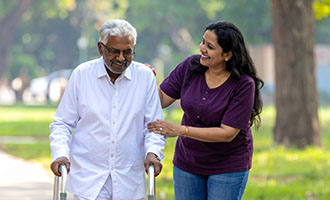
Elderly Care Services Offered by Modern Health Providers
-
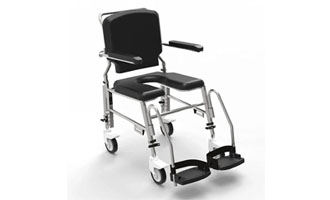
Top 3 Types of Wheelchairs with Built-In Toilet Seats: Enhancing Dignity and Convenience
-
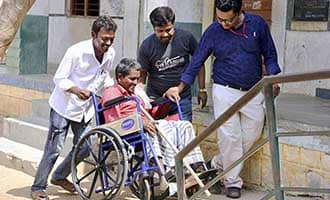
Navigating Mumbai with Ease: Your Guide to Reliable Mobility and Elder Care Solutions
-
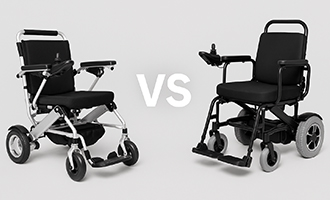
Folding vs Non-Folding Electric Wheelchairs: Which One Should You Buy
-
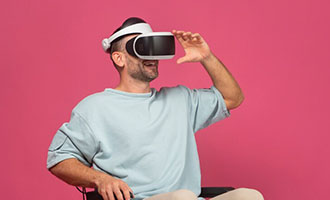
How Assistive Technology is Transforming Mobility Independence
-
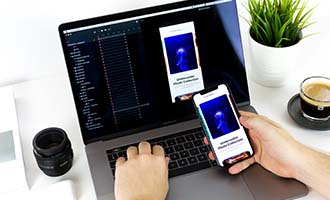
Apps make caregiving easier
-
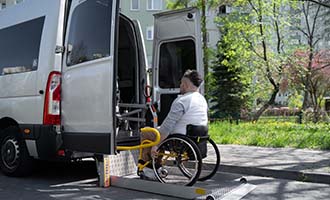
Adapt your vehicle
-
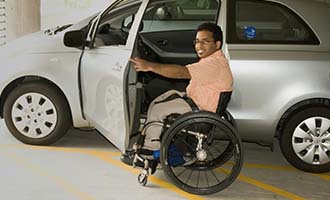
Mobility aids to the rescue
-
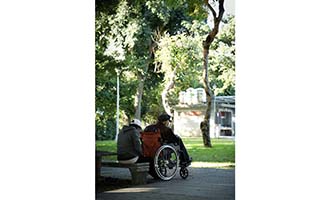
Who make for ideal caregivers?
-
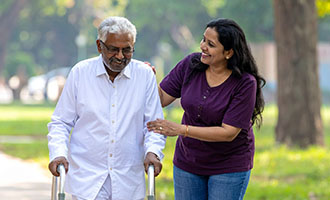
Celebrating Carers Week : The Unsung Heroes Behind Every Confident Step
-
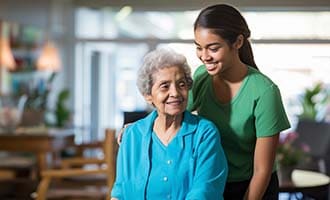
Senior care top tips
-

Cost of Caretaker Services in Mumbai: What to Expect in 2025?
-

What is a Health Care Service Provider?
-

A Complete Guide to Wheelchair Types and Their Prices in India
-
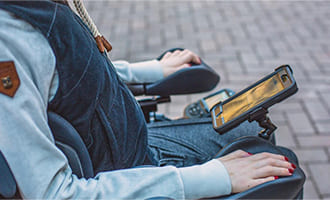
The Ultimate Guide to Wheelchair Accessories: Boost Your Independence Today
-
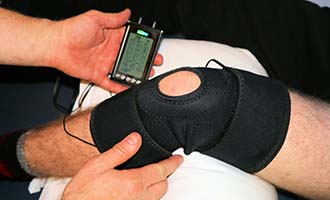
Rehab: The road to recovery
-
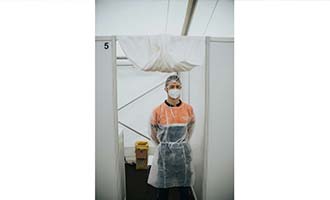
Dealing with the odds
-

How to Choose the Right Health Service Provider for Your Needs
-
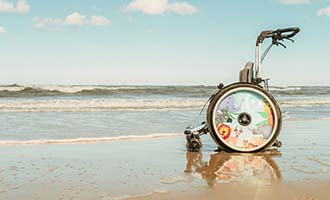
Dont stop moving!
-
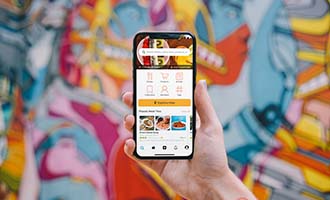
Apps that keep you healthy
-

Choose your wheelchair well
-

How to Choose the Right Mobility Chair for Seniors in Mumbai
-

Tips for Choosing the Right Health Service Provider
-
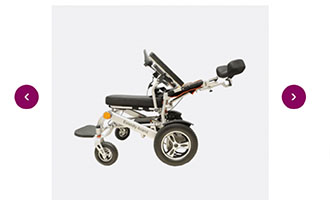
The Pros and Cons of Buying an Electric Wheelchair Online
-
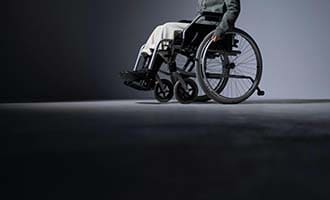
Tips for Buying the Best Mobility Equipment for Your Needs
-
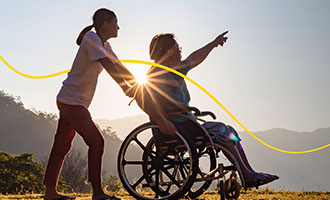
Elder Care Services in Mumbai: Comparing In-Home Care vs. Assisted Living Option
-
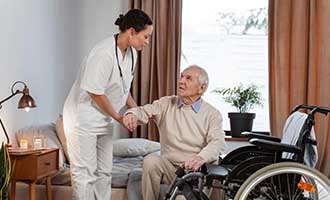
How to Choose Reliable Elder Care Assistance Providers









